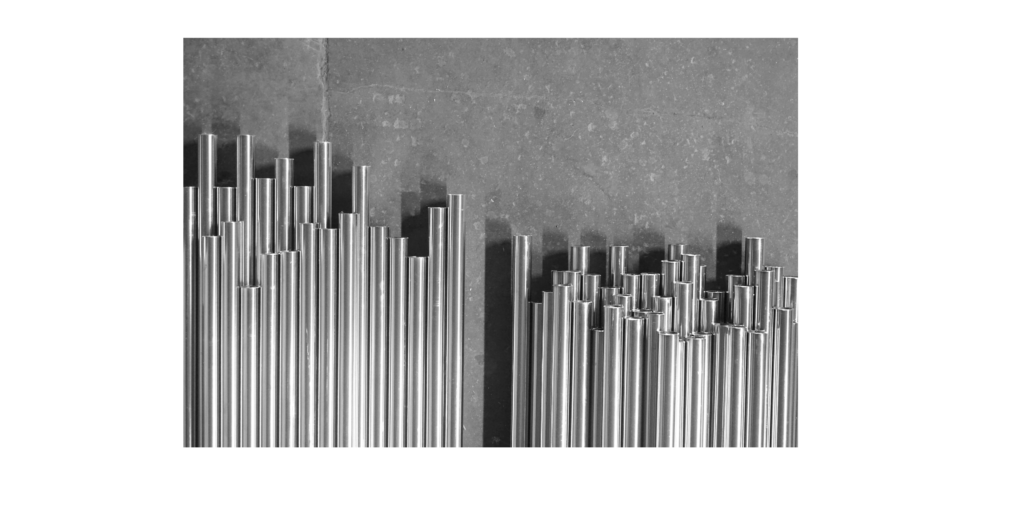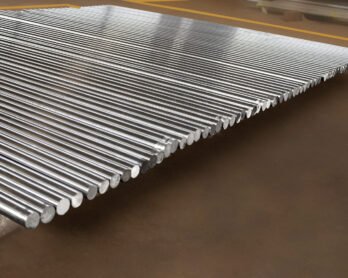Introduction
When we think of the intricate machinery that powers our lives, we often overlook one crucial component the shaft. These cylindrical marvels serve as the unsung heroes of various industries in India, enabling the seamless transmission of power and motion. In this comprehensive guide, we’ll explore the world of shafts, covering everything from their definition and types to their applications, materials, sizes, design considerations, and the advantages and disadvantages they bring to the table. Additionally, we’ll shed light on the dedicated shaft manufacturers in India who play a pivotal role in the country’s industrial landscape.
Definition of Shafts
A shaft is a long, cylindrical, and generally straight component that rotates to transmit power or motion between various machine parts. It serves as a bridge, connecting components like gears, pulleys, and couplings, enabling the transfer of torque and rotation. In essence, shafts are the silent heroes that keep machines running smoothly.
Types of Shafts
Shafts come in various types, each designed for specific applications. Some common types include:
- Drive Shafts: These transmit power from the engine to the wheels in vehicles, ensuring the vehicle moves forward.
- Transmission Shafts: Found in gearboxes, they facilitate gear changes and control the speed and direction of rotation.
- Propeller Shafts: Used in boats, these shafts transmit power from the engine to the propeller, propelling the vessel through water.
- Line Shafts: Commonly seen in manufacturing facilities, they distribute power to multiple machines in a production line.
- Steering Shafts: Crucial for vehicles, these shafts enable steering by transmitting motion from the steering wheel to the wheels.
- Spindle Shafts: Used in machine tools like lathes and milling machines, they hold and rotate cutting tools.
Applications of Shafts in India
Shafts have diverse applications across Indian industries:
- Automotive Industry: Drive shafts are vital for cars and trucks, transferring power from the engine to the wheels.
- Manufacturing Sector: Line and spindle shafts ensure the smooth operation of production lines and machine tools.
- Agriculture: Tractors rely on shafts to power various implements, such as plows and harvesters.
- Power Generation: Shafts are used in turbines and generators to convert mechanical energy into electrical power.
- Mining Industry: Machines in mines use shafts to operate drilling and extraction equipment.
- Construction: Cranes and construction equipment utilize shafts for lifting and moving heavy materials.
Materials Used in Shaft Manufacturing
The choice of material for a shaft is critical, as it determines its strength, durability, and performance. Common materials used for shafts in India include:
- Steel: Alloy steel, stainless steel, and carbon steel are widely used due to their excellent strength and wear resistance.
- Aluminum: Used in lightweight applications where corrosion resistance is crucial.
- Bronze: Ideal for situations requiring good resistance to corrosion and wear, such as marine applications.
- Titanium: Used in high-performance and aerospace applications due to its exceptional strength-to-weight ratio.
- Plastics: In situations where corrosion resistance and weight are significant factors.
Size and Design of Shafts
The size and design of a shaft depend on its intended application and the forces it will endure. Key factors to consider in the design process include:
- Diameter: The diameter of a shaft is critical, as it affects its strength and stiffness. Larger diameter shafts can transmit more torque.
- Length: Longer shafts may experience more deflection, so proper support and design are essential.
- Keyways: These are grooves or slots on the shaft that allow it to mate securely with other components.
- Splines: Splined shafts have ridges or teeth that provide a secure connection with other parts.
- Bearings: Proper bearing selection is crucial to reduce friction and wear.
Advantages of Shafts
Shafts offer several advantages in machinery and industrial applications:
- Efficient Power Transmission: Shafts transmit power with minimal energy loss, ensuring machines operate efficiently.
- Versatility: They can be customized to suit various applications, making them highly adaptable.
- Longevity: When made from durable materials and well-designed, shafts can last for years, reducing maintenance costs.
- Precise Control: Shafts enable precise control over the speed and direction of rotational motion.
Disadvantages of Shafts
While shafts are essential components, they do have some drawbacks:
- Maintenance: Shafts require regular maintenance to ensure they continue to function optimally.
- Cost: High-quality shafts made from premium materials can be expensive.
- Complexity: Designing and manufacturing custom shafts can be a complex process.
conclusion :
shafts are the unsung heroes of Indian industry, silently enabling the functioning of machinery across various sectors. Understanding the different types, materials, sizes, and design considerations is essential for manufacturers and engineers. While shafts come with their set of advantages and disadvantages, they remain indispensable in powering India’s industrial landscape, contributing to the nation’s growth and progress.
In India, numerous skilled shaft manufacturers have mastered the art of producing high-quality shafts to meet the diverse needs of the country’s industries. With continuous advancements in materials and manufacturing processes, the future of shafts in India looks promising, as they continue to drive innovation and efficiency across various sectors.















